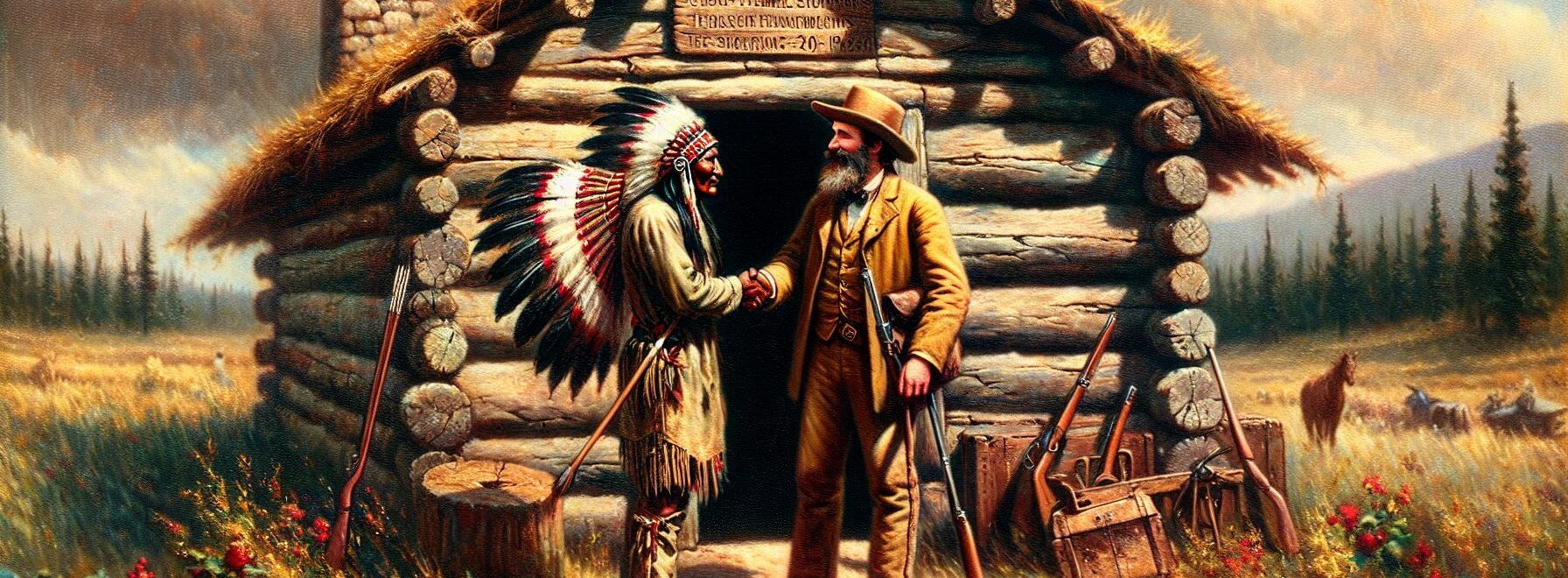Ever hear about the times when pioneers set out west in search of new beginnings, with the dream of owning a piece of land? Well, believe it or not, the idea isn’t just a relic of the past. In fact, some places in the U.S. today still offer free land, echoing those tales of old.
Back in the 19th century, during the days of the Homestead Act, the government incentivized westward expansion by offering plots of land to intrepid settlers willing to cultivate them. While those times are long gone, the ethos survives in various regions that have renewed this spirit to boost population growth and stimulate local economies.
Some states, particularly in the Midwest, have embraced this approach, offering parcels of land to those ready to build homes and contribute to their communities. These modern-day free land programs might often come with a twist—like a requirement to build a house within a certain timeframe or commit to living there for a set number of years.
Be ready to find that not all offers are alike. Some are straightforward, while others have specific conditions, like building size requirements or community development plans. A little bit like a crossword puzzle, figuring out the best option can be pretty puzzling at times, but once you’ve got it, everything fit just right.
These offers pop up in towns that show a ton of heart and muscle. They’re aiming to breathe life back into their communities and build something for the future. So, if you’re up for the idea of putting down roots where there’s room to grow, these opportunities could be calling your name.
The Pros and Cons of Settling on Free Land
Getting land for free sounds like a sweet deal, right? But like anything in life, there are upsides and a few ‘read-the-fine-print’ moments to consider. Financial savings are often the biggest lure. Imagine cutting out those hefty costs associated with purchasing land, freeing up cash to invest in building your dream home or starting a business.
Communities offering free land usually throw in some nifty incentives. Think along the lines of property tax abatements for a few years or reduced utility costs to get you started on the right foot. These perks could make it easier to settle and invest in the area as you find your footing.
But, what about the flip side? Many of these lands are in rural areas, which might come with a lack of infrastructure that city folks take for granted. Limited access to certain amenities like shopping centers or even reliable internet might be a bummer for some. Weighing how much that glorious peace and quiet is worth compared to the daily conveniences can be key.
There’s also the commitment side of things. These offers often come with strings attached, such as building a house within a specific timeframe or settling down permanently. So, if you’re someone who likes to stay on the move or who might hesitate at the thought of firm roots, think carefully before signing up for free-land life.
Eye on the bigger picture: what’s this land’s potential in the long run? Consider development plans in the area or proximity to growth centers. You’ll want to ensure that the investment aligns with your future goals, as it might require a bit of forethought and planning to set yourself up for lasting success.
Practical Steps to Claiming Free Land
Alright, so you’re keen on exploring this free land opportunity. Let’s talk about how to kick off this journey on the right foot. First up, research is your best friend. The key is to dig up reliable, up-to-date information about where free land is being offered and what the exact terms are. Local government websites can be a goldmine for the nitty-gritty details, and don’t forget to check out community forums. You might just stumble across some insider tips from others who’ve been on this journey before you.
Once you’ve pinpointed a promising spot, it’s all about getting your paperwork lined up. Most places will require an application that outlines your intended use of the land, timelines, and sometimes even a plan for development. It’s a good idea to have all your personal documentation ready too—like proof of identity and financial statements—just in case.
Timelines can vary significantly. Some areas move at a snail’s pace with lots of steps along the way, while others might surprise you with a fast-track process. Patience will be key, as well as staying on top of any deadlines, so you don’t miss out.
Lastly, before you commit, do your due diligence. Verification is crucial; you’ll want to ensure the offer is legit and the land clear of legal disputes or zoning restrictions. Sometimes chatting with locals or getting advice from a real estate professional can save you from a potential headache later on. When you’re prepared, you can leap with confidence into your new venture.
Success Stories: Life on Free Land
Grabbing the chance to settle on free land can lead to some pretty inspiring stories. You know it’s not just about the land; it’s the opportunity to create a new chapter, full of potential and unexpected turns.
Take, for example, the family who decided to swap city life for wide-open spaces. They moved to a small Midwestern town offering free plots and built a cozy farmhouse. What started as a financial decision blossomed into a community bond where they’ve found friendships and a supportive network they never expected.
Then there’s the married couple who jumped at the chance to live mortgage-free. They poured their savings into setting up a small organic farm, contributing fresh produce to the local farmers market and creating a sustainable business model that’s even gotten the attention of urban foodies.
These stories aren’t just about scoring a piece of land; they’re about turning an opportunity into a reality. It’s the economic lift these communities feel too, seeing rejuvenation and growth like a breath of fresh air. New residents bring energy and ideas—spurring schools, businesses, and local culture.
Learning from these trailblazers could be your biggest asset. Their journeys illuminate both the challenges and the joys of such a transition. Their advice? Embrace the chance, be ready for hard work, and get involved with the neighbors—because building a future on free land isn’t just about stakes in the ground; it’s about the roots you grow along the journey.





